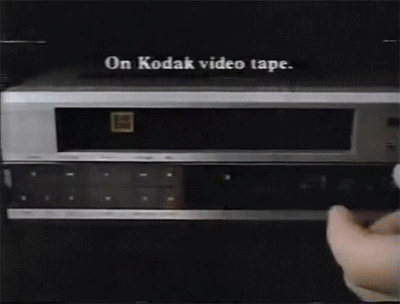Rewind and (later) replay live Kinesis streams
The VCR uses the Amazon Kinesis Connectors and Amazon Kinesis Client Library internally, meaning it automatically uses a DynamoDB table for lease management.
./gradlew installDist
Record a stream:
VCR_SOURCE_STREAM_NAME=my-important-data
VCR_BUCKET_NAME=dev-kinesis-backups
./build/install/kinesis-vcr/bin/kinesis-vcr record
This will write to files like s3://dev-kinesis-backups/my-important-data/2015-05-12/49545259625339426540861503851695364890964474172851355682-49545259625339426540861503967844121936259603873071628322, where the date is the date that the chunk is written to S3 and the long numbers are the start and end sequence numbers of this chunk of stream data.
Replay a stream:
VCR_SOURCE_STREAM_NAME=my-important-data
VCR_TARGET_STREAM_NAME=recovery-stream
VCR_BUCKET_NAME=dev-kinesis-backups
./build/install/kinesis-vcr/bin/kinesis-vcr play 2014-05-01 2014-05-10
This will take a recording of the stream my-important-data recorded in the bucket dev-kinesis-backups and replay records for the date range 2014-05-01 to 2014-05-10 (exclusive of the end) onto the stream recovery-stream. If only one day of data should be play replayed use:
./build/install/kinesis-vcr/bin/kinesis-vcr play 2014-05-01
Replay can also specify times, for a narrow playback range:
./build/install/kinesis-vcr/bin/kinesis-vcr play 2014-05-01T12:00:00 2014-05-03:13:45:00
Specified times are always interpreted as UTC.
Prior to replaying a stream, the VCR can provide an estimated playing time, which is simply the size of the input dataset divided by the write throughput possible for the target stream. kinesis-vcr estimate takes the same parameters as kinesis-vcr play:
$ kinesis-vcr estimate 2014-05-01T12:00:00 2014-05-03:13:45:00
[main] INFO com.scopely.infrastructure.kinesis.KinesisVcr - Target stream (kinesis-playback-test) has 2 shards
[main] INFO com.scopely.infrastructure.kinesis.KinesisVcr - It would take around 50 mins to replay the data in the provided range, which has 341 files and a total size of 6038 MBMake a fat JAR:
./gradlew shadowJar
Your JAR will be in build/libs/kinesis-vcr-1.0.4-SNAPSHOT-all.jar.
java -jar kinesis-vcr-1.0.4-SNAPSHOT-all.jar record
Make a Debian package:
./gradlew buildDeb
Your package will be in build/distributions/kinesis-vcr_1.0.0_all.deb.
Install the package. The script kinesis-vcr will be installed to /opt/scopely/kinesis-vcr/bin/kinesis-vcr.
Invoke it like you would locally, e.g.:
VCR_SOURCE_STREAM_NAME=my-important-data
VCR_BUCKET_NAME=dev-kinesis-backups
/opt/scopely/kinesis-vcr/bin/kinesis-vcr record
The VCR assumes that it can find AWS credentials in the default locations, according to the rules of DefaultAWSCredentialsProviderChain:
- Environment Variables -
AWS_ACCESS_KEY_IDandAWS_SECRET_KEY - Java System Properties -
aws.accessKeyIdandaws.secretKey - Credential profiles file at the default location (
~/.aws/credentials) shared by all AWS SDKs and the AWS CLI - Instance profile credentials delivered through the Amazon EC2 metadata service
In addition to the required parameters VCR_SOURCE_STREAM_NAME and VCR_BUCKET_NAME, the VCR also respects VCR_BUFFER_SIZE_BYTES, controlling how much data to buffer before writing to S3, and VCR_BUFFER_TIME_MILLIS, controlling how long to buffer data before writing to S3.
When playing from S3, VCR_TARGET_STREAM_NAME must also be specified.
More bells and whistles are sure to come.
The VCR writes records to S3 as newline-delimited Base64 -- each record on the input stream is written to a line in the output file. On playback, it just Base64-decodes each line and emits it on the target stream. As such, this tool is completely agnostic to the format of records on the wire.
